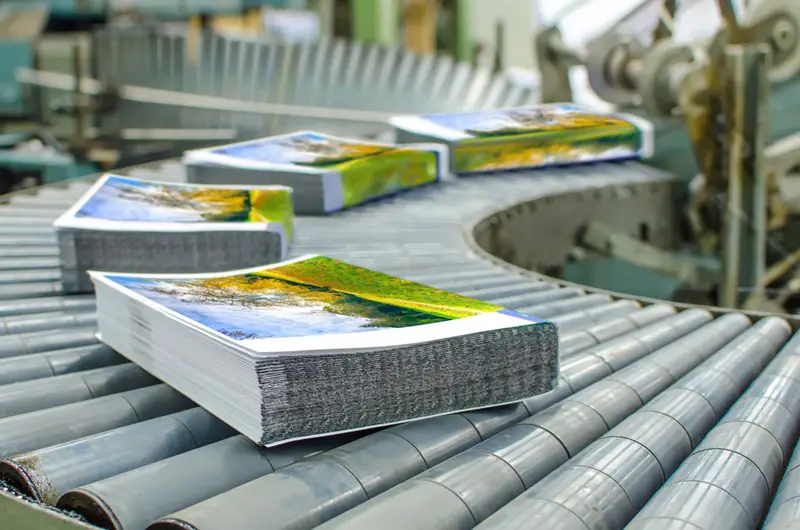 Big business relies on big printing orders and, therefore, the printing industry is a big business in its own right. The industry accounts for an awful lot of investment across the globe and that, in turn, means that new technology and working practices can be highly lucrative.
Big business relies on big printing orders and, therefore, the printing industry is a big business in its own right. The industry accounts for an awful lot of investment across the globe and that, in turn, means that new technology and working practices can be highly lucrative.
Here’s a snapshot of the printing industry as things stand in 2017:
The $900 billion industry
The total revenue from the print industry is about $900 billion worldwide. As Landa demonstrates, commercial printers account for more than a third of that total ($332 billion), while packaging ($389 billion) and publishing ($166 billion) gobble up much of the rest of the money.
Experts expect those numbers to rise too. A market report by Smithers Pira estimated that the industry will be worth $980 billion next year, and the figures suggest this prediction is on track.
The report notes that, while e-books and the growth of online newspaper editions, magazines and catalogues might have hit the publishing sector, demand for packaging and labels in particular is strong. It also notes that digital printing is on the rise – putting it on course to double its share of the market in the decade from 2008 to 2018.
Global hotspots
Many countries vie for their share of the $900 billion print industry pie. As Selbys demonstrates, the USA continues to lead the way, with a printing industry worth $185.9 billion. That figure is almost double that of China, which has the second largest printing industry. Japan’s industry is the third largest with Germany in fourth, making it the leading centre in Europe – a fact that will be no surprise to anyone who attended last year’s drupa event in Dusseldorf. India, Brazil, Mexico and Russia are also growing their industries.
A strong global printing industry is also good news for the whole of the Asia-Pacific, which is the largest producer of ink worldwide. India, Vietnam, Indonesia and Thailand have all prospered as a result. Vietnam, for example, has strong links with South Korea and benefits from being home to a base for manufacturers such as Samsung.
New technologies
If Smithers Pira is accurate then it’s clear that new technologies which feed the boom in the packaging market will be gratefully received by businesses. Indeed, many will have their eyes on Landa’s Nanography in 2017, with the first orders shipped on its flexible large format printers. Experts reckon this could combine the benefits of digital and offset in one package so it’s worth seeing if this can be the case.
There’s also a wider push to develop ever-more practical uses for 3D printers. The technology has been around for some time now, but businesses have only really scratched the surface when it comes to practical uses. From Formula One race teams deploying portable printers to make parts at short notice to Adidas using the technology to make sports shoes – there’s a growing movement towards capitalizing on 3D in a big way.
[Image via: Google Images]
